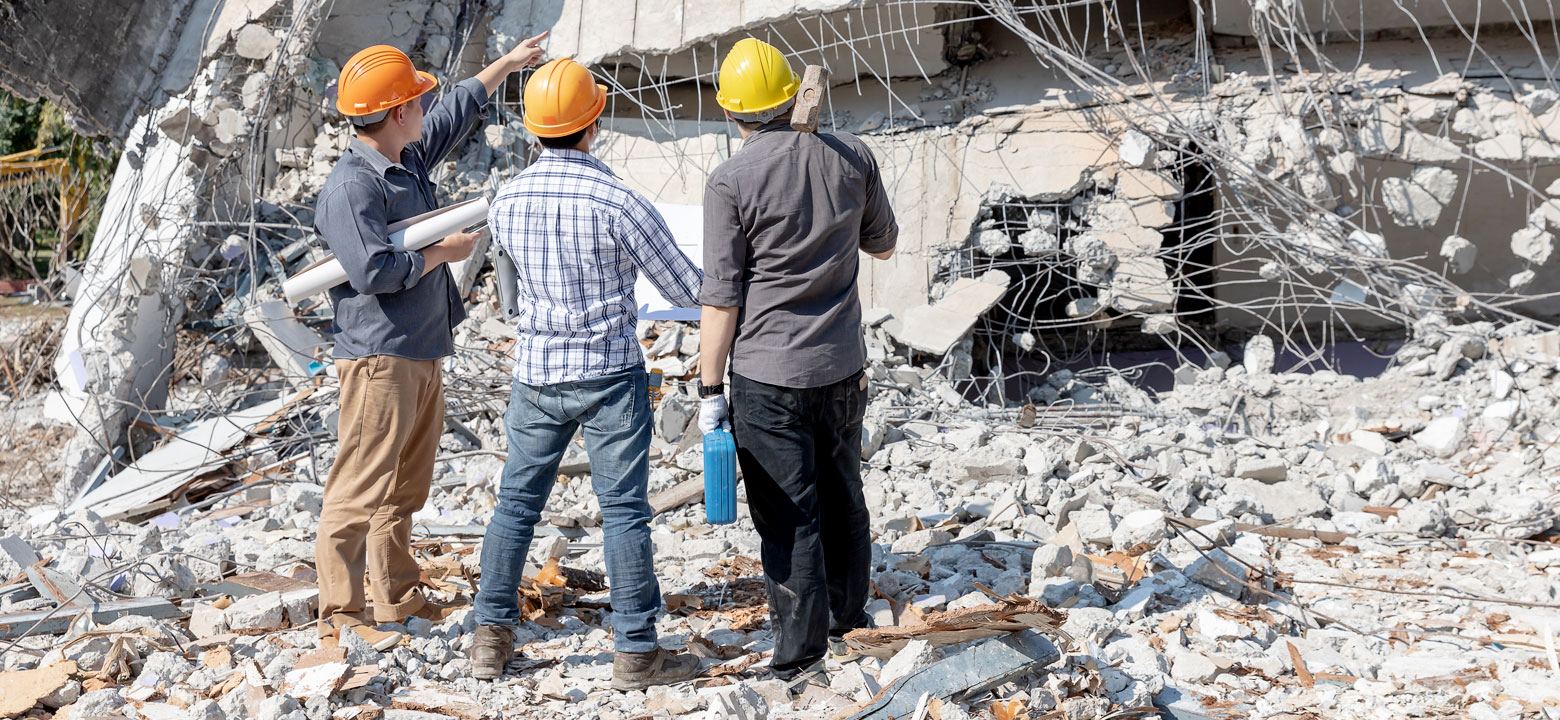
After every disaster, there's a grieving process. It's only natural for people to ask why during this period—not only as part of this process, but as a way to prevent other disasters in the future. The collapse of the Champlain Towers South condo in Miami-Dade county was an unprecedented tragedy and one of the deadliest building collapses in American history. What allowed this to happen?
Allyn Kilsheimer, who investigated the 1993 World Trade Center and 1995 Oklahoma City bombings, says there's most likely more than one culprit. He notes that building collapses rarely happen due to a single factor—there are usually multiple underlying problems that come together to weaken a building enough to cause it to come down.
Sinkholes can open up for a variety of reasons that have nothing to do with the structures placed over them. One possible explanation for the condo's collapse is that a sinkhole may have opened up under some of the building's reinforcements, allowing them to fall downward.
A 2020 study indicated that the ground in that area had been subsiding for several years. This occurs when large volumes of groundwater are displaced. This leaves behind an empty space that's not capable of supporting the land above, so it gradually sinks. The most common culprit here is the draining of underground reservoirs. According to radar data, Champlain Towers South's area had been sinking by about 0.04-0.1 inches (1-3 milimeters) every year between 1993-1999, largely in pockets. While this isn't a lot of subsidence, and it's unlikely to be the sole reason for the condo's collapse, it's a contributing factor to structural instability.
Building plans are designed to divert water away from the foundation for multiple reasons. Unfortunately, the Champlain Towers South condo's original contract plans contained a small but important design flaw: A pool deck and set of planters weren't set at an appropriate slope, meaning that there was no way to keep water from standing where it shouldn't.
In 2018, Engineer Frank Morabito prepared a report for the condo association. In this report, he mentioned the pool deck and planters. While this might sound minor at first blush, the lack of a proper slope prevented water from draining away from the building's foundation. Over time, this standing water infiltration had caused major structural damage—the parking garage beneath the pool displayed cracks and exposed, corroded rebar. Morabito mentioned that this should be fixed in a timely manner.
A 2021 letter from the president of the condo board cautioned that the deterioration was accelerating, and estimates for repairs had increased in cost. A resident in a fourth floor apartment mentioned seeing a hole in the pool deck immediately before the collapse. One video, taken by a tourist, shows a collapsed concrete slab in the parking garage pulling away from a support column moments before the structure fell.
Guy Nordenson, a New York–based structural engineer, and Albert Hine, a geological oceanographer, find one theory particularly plausible. In one report, it was noted that Champlain Towers South had fewer than expected shear walls, which would've provided some protection against collapse if a slab failed. According to a forensic engineer examining the rubble, the collapsed columns also had fewer than expected steel supports. Champlain Towers South also showed a higher level of subsidence than surrounding areas, potentially because the tower's piles may not have been anchored in the bedrock to begin with. Why?
Much of this can be traced back to the 1980s, the era of the savings and loan crisis. This prompted construction to prioritize the fastest work by the lowest bidder, at the expense of regulation. While Champlain Towers South was being built, building codes were lax and enforcement was lacking. The fact that experts found very similar faults in two nearby buildings, constructed at around the same time, bears this out.
It's no secret that sea levels have been rising, and Miami is likely to experience mounting problems as they continue to increase. This means that it's possible that saltwater intrusion into the concrete columns—already compromised by the pool deck's design flaw—may have sped the corrosion and decay of the tower's rebar. This was a concern over 30 years ago, when the building's former manager mentioned seeing more saltwater coming through the foundation than the sump pumps were able to keep up with.
In one report by the Washington Post, engineers described how heavy corrosion under the slab above the pool could have been enough to cause the collapse on its own. Nordenson notes that, while Champlain Towers South was build to weather certain problems inherent in coastal construction, times are changing. Climate change is exacerbating old problems and creating new ones, and architecture is going to have to find ways to weather that.
Was Champlain Towers South the victim of 1980s construction, subsidence, design flaws, or all of the above? The answer to this question won't comfort grieving families and those who have lost their homes, but it may be able to keep other people from suffering the same fate. As subsidence increases due to new construction, climate change alters the conditions coastal buildings need to weather, aging architecture and infrastructure experiences new stressors, experts are learning what needs to be done to keep people safe.